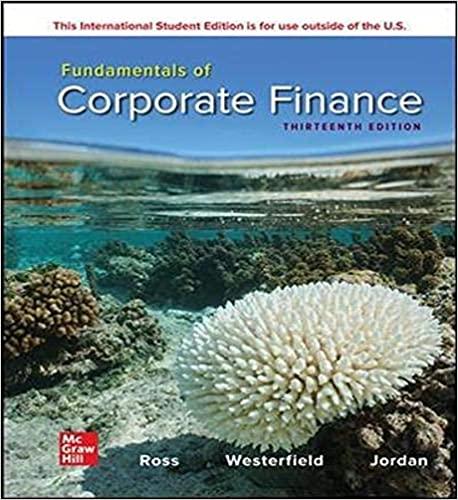

having a lot of trouble with #2 part C, but the whole thing i am unsure of..i found the answers with explanation on coursehero but there wasnt much reasoning in it and it was kind of messy and hard to understand! Thanks
Problem Set # 1 You are allowed to work in groups , but each student must write up his or her work independently; please note on your answer sheet with whom you worked . Be sure to provide the reasoning behind your answer in order to receive full credit . Deciding on Capacity You are a division manager for Wayne Biotech , and are tasked with deciding on the capacity of your new factory for a new ecologically friendly weed killer . A similar new product has been developed by Isley Industries . The demand for the new weed killer is given Q = 48 - 20, where p is the price , 2 = qw + 91 , and qw and q, are the quantity produced by Wayne and Isley , respectively . Wayne's cost of production per unit is 4 ; Isley's cost of production per unit is 2 . 2 ) Wayne and Isley will simultaneously decide on the capacity of their production facility , i .e ., each will simultaneously decide on quantity . What quantity will you produce ? What quantity* do you expect Isley to produce ? What are your expected profits ? ( 20 points ) b ) You have the ability to accelerate the building of your production facility , but doing so will increase the total cost of the facility by 7 . If you do so , Isley will observe your capacity before choosing the capacity of their plant . What quantity will you choose if you accelerate the building of your plant ? Is accelerating the building of your production facility worthwhile ? Why or why not ? ( 20 points ) Differentiation as Defense Hastur Hospitality offers a quaint bed- and - breakfast (B&B ) experience in the coastal city of Innsmouth in northeast Massachusetts . Demand comes both from travelers visiting the town of Innsmouth as well as travelers visiting the nearby town of Dunwich . Demand for staying in Innsmouth is given by Q1 = 24 - PI, where PI is the price that Hastur charges for staying at its B&B in Innsmouth . There is additional demand from Dunwich , and is given by QD = 20 - PT, so long as no B&B is present in Dunwich , which is currently the case . Hastur's marginal cost of service is 8 . a) Your goal as the manager in charge of pricing is to maximize profit . What price will you set at your Innsmouth location ? What is your expected profit ? ( 15 points ) build a B&B in Dunwich as well , at a fixed cost of 40 . Vacationers in Dunwich generate a demand A desirable piece of real estate in Dunwich has recently gone on sale ; Hlastur now has the chance to for a B&B in Dunwich of QD = 24 - PD, where PD is the price charged at the Dunwich location : ofOF Sheridan Titman - Joh course, building a B&B in Dunwich will completely eliminate demand from Dunwich for the Innsmouth facility. (The marginal cost of production for Hastur will be 8 at this site as well.) b) What pricing strategy will you use if you decide to expand, i.e., build a Dunwich facility? Is it profitable to build such a facility? Why or why not? (20 points) You now learn that your competitor, Nyarlathotep Accomodations ("Live like a pharaoh!") is also contemplating buying the property in Dunwich; if you pass on the opportunity, Nyarlathotep will then have a chance to enter (at the same fixed cost of 40) the Dunwich market. Nyarlathotep's cost of entry is the same as yours, 40, and his marginal cost of production is also 8. If Nyarlathotep enters, you will first set your price, and then he will set his. Note that the B&B in Dunwich will not take customers from the B&B in Innsmouth, nor will the B&B in Innsmouth take customers from the B&B in Dunwich. c) If Nyarlathotep enters, what will your pricing strategy be? What do you expect his pricing strategy to be? Will you now choose to enter the Dunwich market yourself? Why or why not? (25 points)










